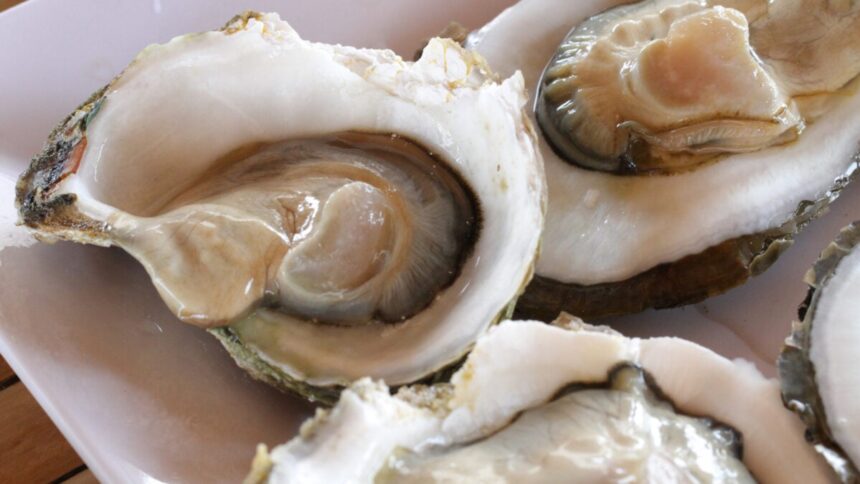“Flesh-eating” bacteria are continuing to claim lives this summer. Louisiana health officials reported this week that two more people have died from Vibrio infections this month, potentially caused by eating tainted oysters.
The Louisiana Department of Health announced the latest deaths during a meeting of the Louisiana Oyster Task Force held Tuesday. Both deaths are linked to oysters harvested in the state, but the oysters were eaten at separate restaurants in Louisiana and Florida. Louisiana and other states have seen an unusually high number of cases, hospitalizations, and deaths tied to the bacteria this summer.
“It’s just prolific right now,” Jennifer Armentor, the health department’s molluscan shellfish program administrator, told task force members, the Florida Phoenix reported Wednesday.
Something in the water
Several species of Vibrio bacteria are capable of sickening people, including the titular cause of cholera. So-called flesh-eating infections are typically caused by Vibrio vulnificus, however.
When these bacteria enter the body, they can cause a condition known as necrotizing fasciitis, which quickly kills off skin and tissue surrounding the infection. The “flesh-eating” part is a misnomer, since the bacteria aren’t literally feeding on the skin, but it’s a highly dangerous infection nonetheless. Even with available antibiotic treatment, about one in five people sickened by V. vulnificus die from it, sometimes within a day of symptoms starting.
V. vulnificus bacteria live in warm salt or brackish waters, and most infections are contracted by having the bacteria enter an open wound while in these waters. A small minority of infections (about 10%) can also be transmitted by eating raw or undercooked seafood contaminated by the bacteria. Regardless of how it’s contracted, 2025 looks like an especially active year for V. vulnificus.
A flesh-eating summer
In a typical year, about 150 to 200 cases of V. vulnificus are reported to the Centers for Disease Control and Prevention. But several states along the Gulf Coast and in the northeast U.S. have reported an unusual glut of infections in 2025. At least 22 residents in Louisiana have been hospitalized with the bacteria this year, health officials say, while six deaths have occurred (including the Florida death).
That’s well above the average of seven cases and one death reported in the state annually over the past decade. North Carolina has also experienced a larger-than-usual tally of cases, while states that rarely report cases have seen some this year as well, including Massachusetts. Florida’s tally this year so far (23 cases and five deaths) remains within historical trends but has nearly doubled in recent weeks.
While it’s unclear what specifically is sparking this year’s surge, factors like climate change and more frequent extreme weather events have made these infections more common over time. Last year, for instance, the aftermath of Hurricane Helene set off a record high number of cases in Florida.
Preventing an infection
Thankfully, people can limit their risk of these infections with simple preventative measures. You should avoid salt or brackish water if you’re sporting an open cut, for example, or at least wear a waterproof bandage before getting into the water. You should also thoroughly wash any cuts exposed to the water or raw seafood.
Ideally, you should also cook any raw oysters or other seafood, and always wash your hands with soap and water after handling raw seafood. And if you develop a worsening skin infection around your cuts after these exposures, you should seek immediate medical care.
Read the full article here












